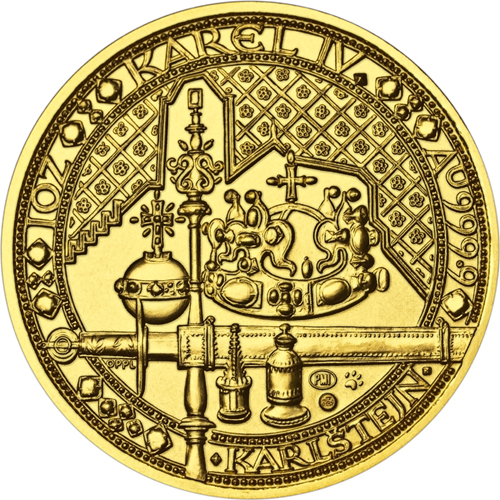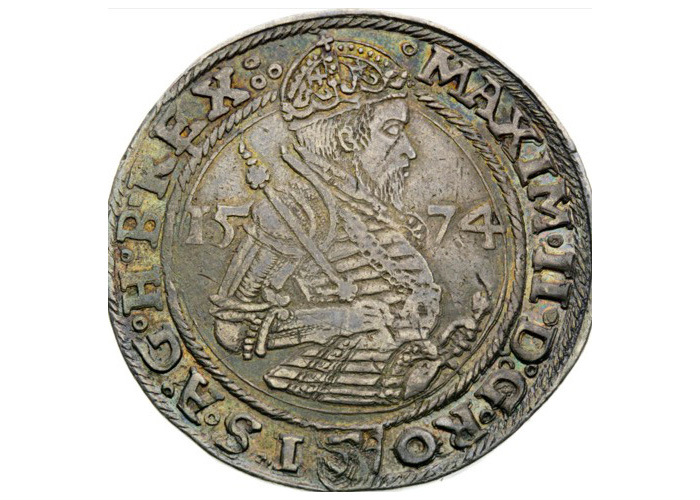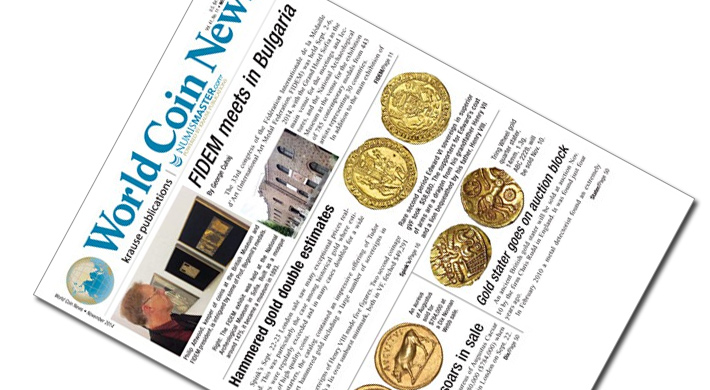Free News On Vacuum Hardening Prague Mint Coins
Wiki Article
What Is The Process By Which A Mold Of Plaster Is Created To Serve As An Initial Physical Representation For The Gold Coin Or Medal?
It is vital to know that the designer or artist will use the gold medal or coin design as a reference. This design may be a sketch made with a pencil, or it could be a digital image that is created by using graphic software. Other materials such as wax or clay can also be used.
Plaster preparation- Water is added to the plaster in order in order to make it usable. The mixture must be uniform without lumps to make a good mold.
This is the base on which maquettes will be created. The base is typically a wooden board, or a flat, stable surface.
Sculpting the MaquetteUtilizing the design of gold as a reference, the artist begins sculpting the design into the clay. This involves making the plaster into a 3D or relief representation of the coin.
Detailing Accuracy, Refinement and Detailing The artist's primary focus is making the details more clear and refining the contours. They also guarantee accuracy with respect to proportions. This stage demands precision and attention to detail.
Allowing time for drying and Setting- Once the sculpture has been completed the Plaster must allow time to dry and set. The maquette will harden and retain its shape.
Finalizing the Maquette - Following drying, the surface will be smoothed further to remove any bumps and rough areas.
Sealing and Preservationto preserve the maquette and make it ready for future processes like scanning or molding the maquette, a sealant or protective layer can be sprayed to the surface.
The three-dimensional plaster maquette which results can be used to depict the gold pattern on an item like a medal or coin. It can be used as a reference to the next stage of production like digital reproduction, mold making to make mass production, or for artists to improve and visualize the design prior to final production. Read the best Czechoslovakia gold medals plaster molds blog examples. including coin gold bullion, 24k gold coin, buy gold bullion, gold coins for sale near me, michael phelps medal, bullion bars gold, st gaudens gold coin, buy gold bars from bank, gold and silver shops near me, double eagle coin and more.

What Is The Purpose Of Using Vacuum Hardening On Dies That Are Used To Make Gold Coins Or Medals?
The vacuum hardening method is utilized in the manufacturing of gold medals or coins. The process involves heating dies at high temperatures and then exposed to controlled conditions inside the vacuum. Here's an overview of the procedure for die preparation and Cleaning-
Dies used for making coins or medals are made by ensuring that they are clean and free from any traces of contamination or residues.
Moving into Vacuum Furnace-
The dies are inserted into a vacuum furnace, which is a specially designed chamber for heat treatment that is capable of creating the conditions of a vacuum.
Evacuation from the Air
The vacuum furnace filters the air inside the chamber to create a controlled vacuum, devoid of oxygen and other gasses. This can prevent the oxidation process while also ensuring a the same heating.
Heating Phase
The furnace must be heated to the temperature needed for hardening the dies. The range of temperatures is determined by the material being used and the process of hardening.
Soaking at High Temperatures-
The dies are kept at the elevated temperature for a specific time that allows the material to attain and retain the desired hardness as well as the metallurgical structure.
Cooling or quenching
Following the soaking process and the dies are then cooled or quenched using specialized techniques. The fast cooling process locks in the desired toughness and hardness of the metal.
Tempering (Optional).
In certain cases, process of hardening can be followed by a tempering procedure. Tempering is the process of heating dies to a lower temperature in order to relieve stress while maintaining toughness.
Quality Control and Inspection
The hardened molds are thoroughly checked and verified to ensure that the dies satisfy all the specifications.
Post-Treatment Handling-
The dies, after the process of vacuum-hardening is completed, can be further processed like polishing and coating prior to when they are used in coin striking or medal striking processes.
The vacuum hardening process enhances the wear resistance, durability and longevity of dies used for striking gold coins or medals. This process creates a controlled atmosphere free of atmospheric contaminants to ensure consistent and reliable hardening. It also contributes to the overall quality of the finished product. See the recommended vacuum hardening Prague Mint gold medals blog advice including gold bars price, gold buffalo coin, 1972 gold dollar, gold eagle price, gold biscuit buy, 1 4 ounce gold coin, 1 10 oz gold eagle, 10 dollar gold coin, platinum coins, sd bullion gold and more.

How And Why Are Gold Blanks Of Superior Quality Measured And Weighed Before The Minting Process Starts?
The process of creating gold blanks is meticulous to make sure that the gold coins or medals produced are consistent and exact. This is how and why the process of preparation works. Gold Material Selection - Only the purest gold is used to make blanks. Gold is usually refined to meet the purity standards for coinage.
Gold Blanks are produced by the process of blanking. Blanking refers to the process of cutting discs or planchets in the dimensions of coins gold using special machinery or stamping.
Precision Weighing and Measurement
Weighing Each piece is weighed individually to ensure that it meets the specified criteria to be used for the coin. This ensures that each coin or medal contains exactly the quantity of gold required for the denomination it is intended to be.
Measuring - To guarantee uniformity, the diameter, thickness, overall dimensions, and design specifications are adhered to every blank is measured using precision instruments.
Inspection and quality control
Visual Inspection- Each blank is visually examined to find any surface imperfections, irregularities, or contaminants that could affect the overall quality.
Rejecting Blanks that Are Not Conforming- Blanks that do not conform to the weight, dimensions, or quality standards are rejected to maintain consistency and uniformity.
The reasons for preparing
Consistency in Minting ProcessA precise weight and measured blanks assure uniformity in the minting process. Consistency in weight and dimensions leads to uniform striking and creates medals and coins with the same weight and quality.
Accurate Gold Content - Each blank's exact weight ensures that the final piece of jewelry or coin contains the intended quantity of gold, assuring the highest quality and accuracy.
Uniform Blanks Prevent Variations. Uniform blanks can prevent variations in size or weight that could affect the value of a medal or coin's value, or even legality within circulation.
Quality Assurance- Strict quality control measures in blank preparation ensure that only the highest-quality, defect-free blanks are used in the minting process, reducing the chance of defects appearing in the final product.
Legal Compliance- The coins are designed to be circulated or used for commemorative purposes. They must be in compliance with legal requirements, as well as requirements and standards established by mints or regulators.
Making gold blanks that are of good quality and consistency are essential steps in the coining process. They guarantee the accuracy and production of gold coins that are high-value and medals. Follow the recommended gold blanks for Prague Mint gold coins site advice including double eagles, price of 1 oz of gold, 2000 sacagawea dollar, silver price in dollar, liberty gold coin, gold 1 dollar coin, gold sovereign, $50 gold coin, gold dollar coin, 1 ounce of silver and more.

What Are The Methods Used To Have Gold Coins Or Medals Inspected For Quality To Ensure Compliance With Specifications?
Coins or medals made of gold that have been minted undergo a series of quality checks. This is to make sure they meet the specifications that they are exact and have excellent surfaces. The quality checks are comprised of many stages.
Trained inspectors visually examine each coin or medal for surface imperfections, blemishes, or imperfections. They inspect the coins for flaws, including scratches, marks and irregularities.
Weight and Dimensions
The process of weighing and weighing each medal or coin ensures that it meets the specified weights and diameters, thicknesses, and overall dimensions according to the design specifications. Any deviations may indicate an issue with the quality.
Metal Purity Composition
Using X-rays (XRF) as well as chemical analysis or other testing methods to verify the gold content and purity of the coins or the medals. This ensures they meet the minimum gold content as well as quality standards.
Edge Inspection-
Inspectors check the edges of the coin or medal to determine reeding uniformity, consistency and irregularities. Edges are a key location to incorporate security features, as well as additional design elements.
Strike Quality-
It is crucial to evaluate the quality of each piece, for example the sharpness and clarity of the design, relief and overall appearance. This will ensure that the pieces are all consistent.
Proofing and Minting Errors-
An in-depth examination of proof or special edition coins is conducted to find any flaws, errors or discrepancies in the minting process that could impact their collectible values.
Packaging and Packaging and
Quality checks are conducted on the packaging and presentation to ensure that coins or awards are properly stored or presented to be encapsulated holders, cases or cases without contamination or damage.
Random checks and samples
To ensure quality consistency, random sampling or checks of batches is carried out.
Documentation and Compliance
Every quality check is documented to ensure compliance with regulations as well as minting standards and certification standards. These records prove the authenticity of the coin and its quality.
Rejecting non-conforming pieces-
Rejecting coins or medals that aren't up to standards is a great way to ensure the authenticity and quality of the products.
Mints and certification agencies conduct these quality tests to ensure gold coins and medals meet required standards of quality, accuracy, purity and design. They also reassure investors, consumers and collectors that they are genuine and of the highest quality. Have a look at the most popular Prague Mint gold medal quality control more recommendations. including silver and gold buyer near me, congressional gold medal, michael phelps medal, gold sovereign coins, gold penny, price of 5 dollar gold coin, american eagle gold coin price, canadian gold maple leaf, buy gold pieces, canadian gold maple leaf and more.
